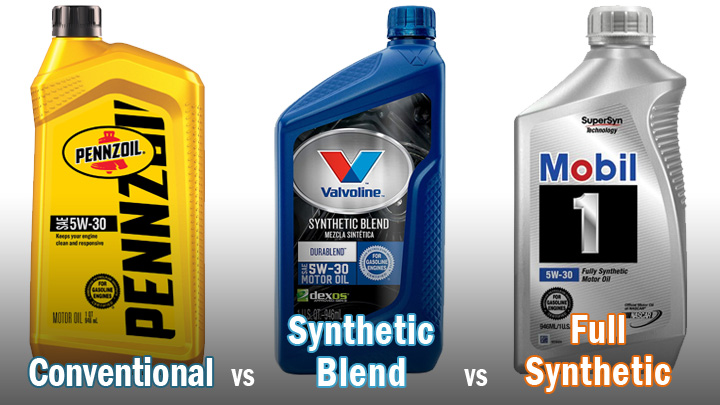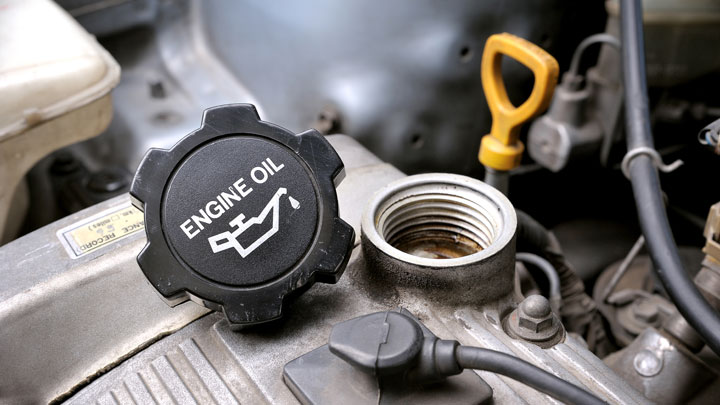Last Updated on September 12, 2022
With every internal combustion engine on the market today, there is a requirement that the engines stay lubricated with either conventional or synthetic oil products. When it comes to consumer and commercial oil products for vehicle engines, not every motor oil is created equal.
Some individuals who do not have very much experience with automotive practices will occasionally make the mistake of believing that it doesn’t matter what kind of motor oil they put into their car or truck, but this could not be farther from the truth.
The fact is that depending on the type of oil being used in an engine, and the oil change interval being applied to the maintenance regimen for a vehicle, overall performance can actually vary a lot.
For example, the averages for conventional oil change intervals are actually fairly short. On the extreme low end, some conventional oil change intervals can even be as low as every 3,000 miles. This is especially true for older vehicles or when consistently involved in demanding driving conditions.
See Also: How Long Does an Oil Change Take?
Average Synthetic Oil Change Interval

With synthetic oil change intervals, depending on the type of engine and type of synthetic oil blend being utilized, averages often range from about 5,000-10,000 miles. Compared to conventional oil change intervals, going 5,000-10,000 miles before needing another oil change can be a very attractive prospect.
Synthetic oils (and synthetic blends to an extent) can also offer a vehicle’s engine other benefits in the form of better performance overall, and a potential to have considerably less gunk and deposits left over from conventional oil blends. However, they come at a much higher cost. But if you shop wisely (best places to buy motor oil for cheap), the difference may not be too bad.
They best way to determine your specific car or truck’s oil change interval is simply looking in your vehicle’s manual to see what the manufacturer calls for (as well as the type of oil). If you do a lot of stop and go driving, you may want to change out your oil even sooner than recommended.
See Also: Common Oil Change Scams
When Your Synthetic Oil Change Interval Should Be Lower Than Average

When it comes to certain driving conditions which can make the synthetic oil change interval lower that it would be in average driving conditions, there are certain specific scenarios where the interval can drop considerably.
For example, if a vehicle owner is someone who likes to take their car or truck into off road terrain, or drive on dirt and gravel roads, these constitute conditions that can demand a more frequent synthetic oil change interval.
Some other circumstances which can make the synthetic interval a bit lower than normal include regularly towing a trailer or some other kind of heavy load, and excessive idling.
Many people do not realize this, but idling an engine for an extended period of time on a regular basis can demand much more frequent synthetic oil changes. One more circumstance where the oil change interval can drop lower than normal is if the driver of a vehicle is frequently making short trips when the temperature is below freezing outside.




